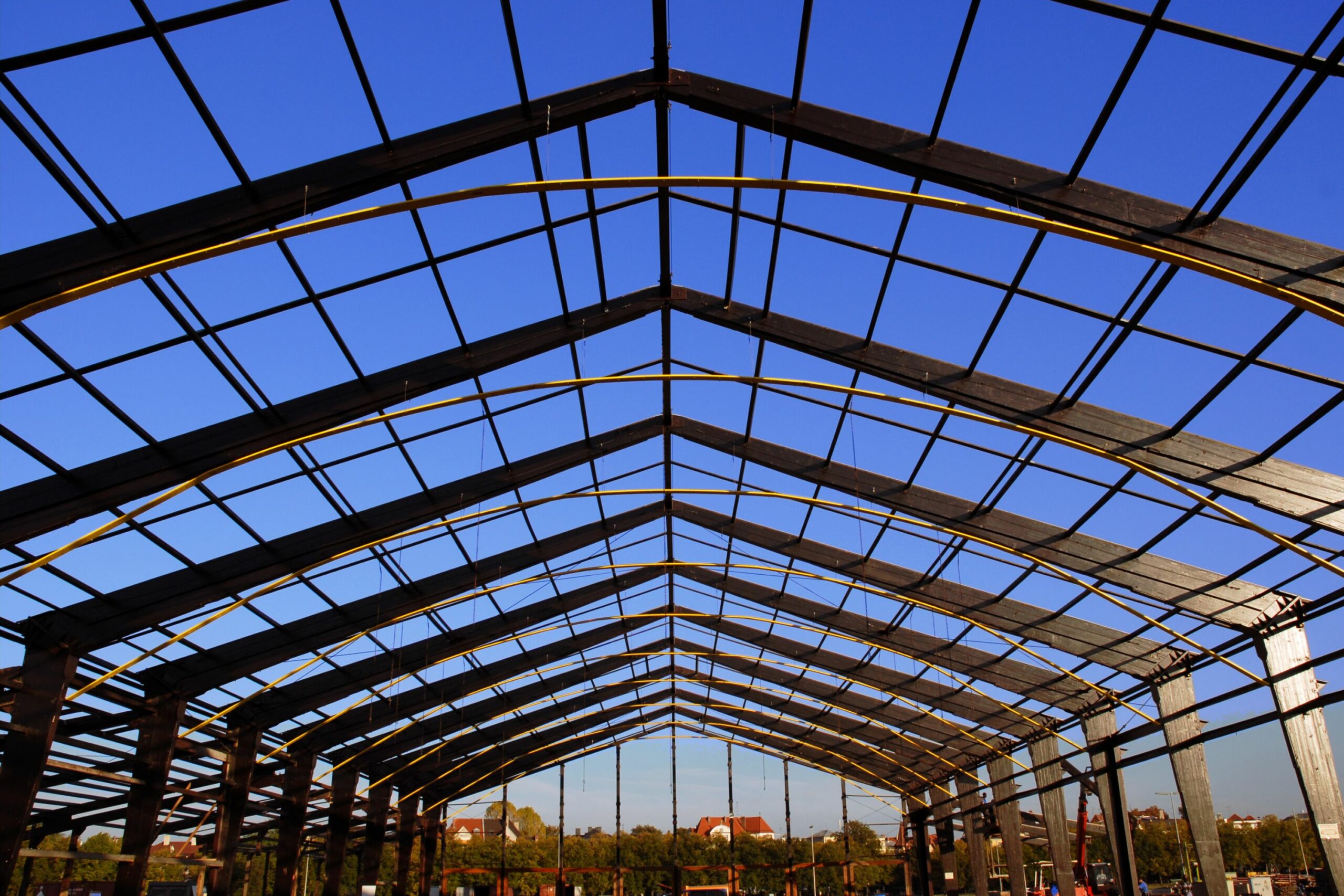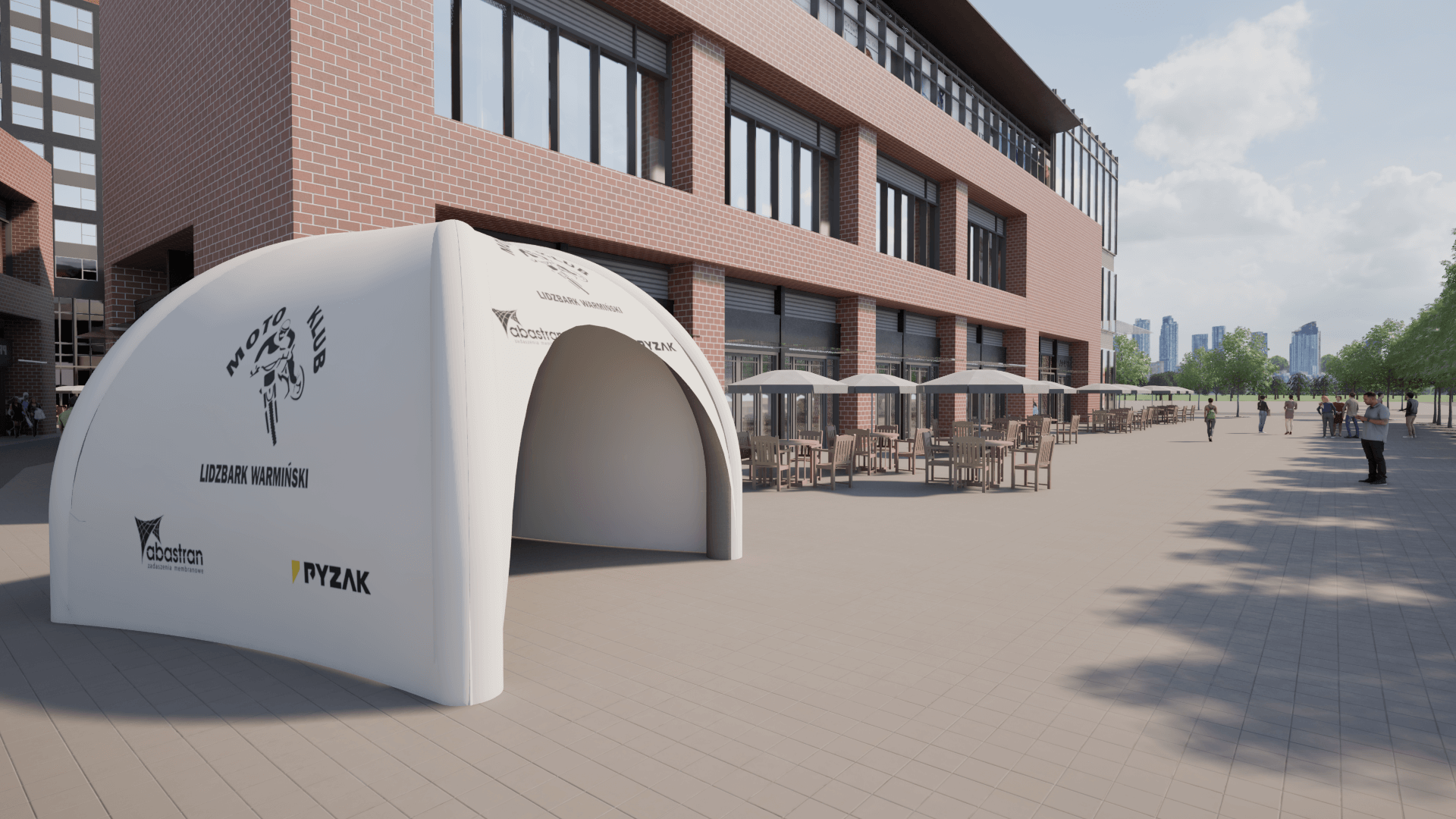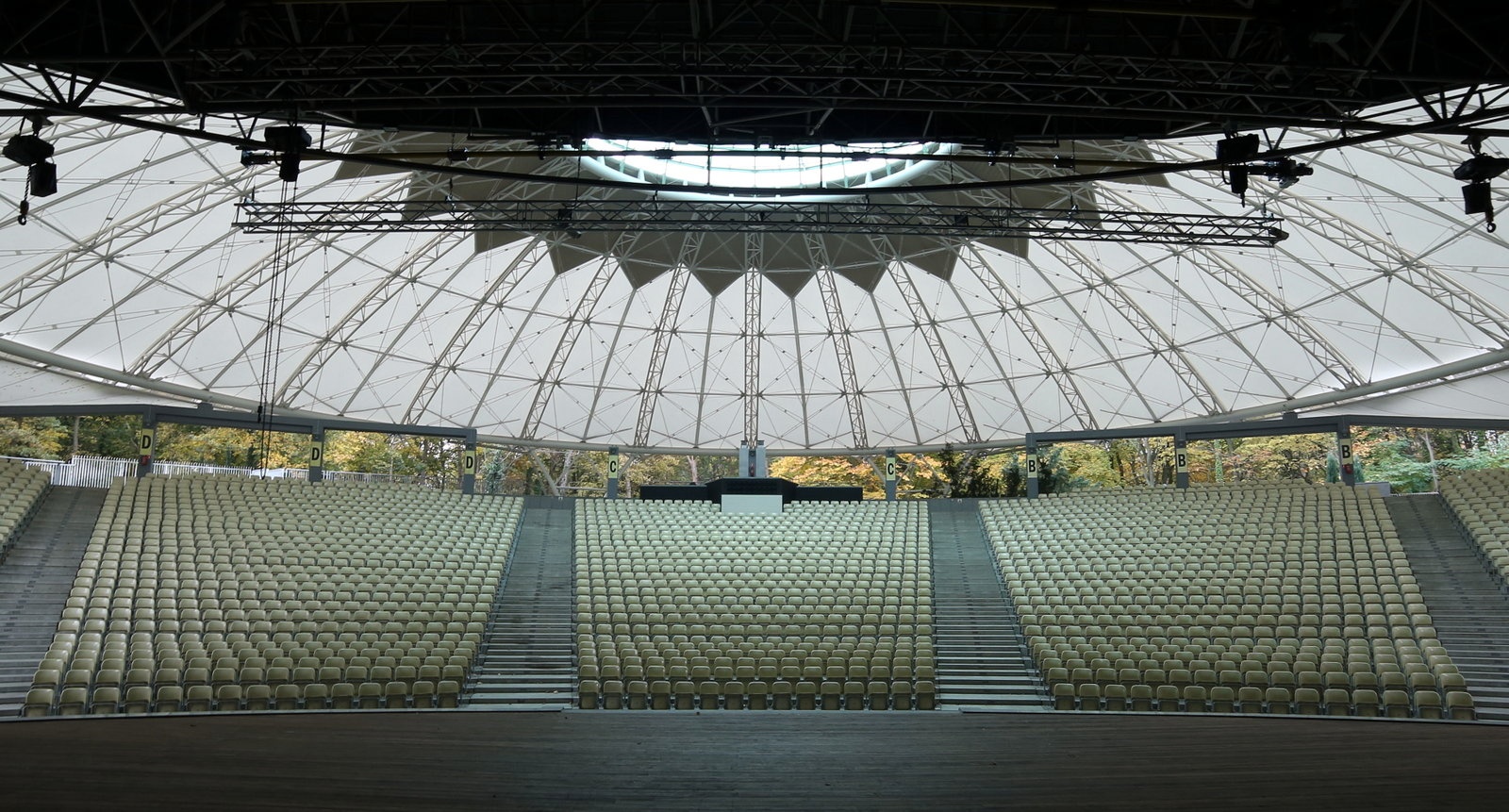
Steel Hall vs. Masonry Hall – Which One to Choose?
Choosing the right type of hall is a crucial decision that affects the success of an industrial or warehouse investment. Comparing steel and masonry halls requires a thorough analysis of many factors, from initial costs to future adaptability. In this article, we present a comprehensive comparison of both solutions to help you make the optimal investment decision.
Steel Hall vs. Masonry Hall – Basic Differences
The fundamental difference between a steel hall and a masonry hall lies in the construction technology and materials used. Steel structures are characterized by a lightweight, modular construction that allows for quick assembly and flexible adaptation to the investor’s needs. The skeleton of a steel hall consists of columns and girders, on which cladding made of sandwich panels or sheet metal is mounted.
Masonry halls, on the other hand, are based on traditional construction technology, using hollow blocks, bricks, or precast concrete elements. Their construction is more massive and requires more solid foundations. Load-bearing walls made of ceramic or concrete materials provide natural thermal and acoustic insulation, but the construction process is much longer than in the case of steel halls.
Costs and Construction Time – Comparison of Halls
The economic aspect is often a key factor when choosing the type of hall. Steel halls offer a significant advantage in the form of a shorter construction time – the assembly of a typical structure takes 2-3 weeks, while the construction of a masonry hall can take up to 4-5 months. Tent structures are an even faster solution and are particularly useful for short-term projects.
Initial costs are usually lower for steel halls, mainly due to lower foundation costs and shorter construction time. Masonry halls require larger initial investments but may offer lower operating costs in the long run, especially in terms of heating and air conditioning.
Durability and Functionality of Both Solutions
The durability of the structure is one of the most important parameters when choosing the type of hall. Masonry halls are characterized by a very long lifespan and high resistance to weather conditions. Tent hall covers and steel structures also offer significant durability but may require more frequent maintenance.
The functionality of both types of halls depends mainly on the intended use of the facility. Steel halls stand out for their ability to achieve larger spans without intermediate supports, which is important for warehouse or production facilities. Masonry halls, on the other hand, are better suited for facilities requiring a stable internal temperature.
Adaptability and Expansion Possibilities of Halls
Flexibility and the possibility of modifying the structure are other important factors when choosing the type of hall. Steel halls offer significantly greater possibilities in terms of expansion and adaptation of space. The modular design allows for easy addition of new segments or modification of existing elements without significant interference with the entire structure.
Masonry halls are less flexible in terms of expansion possibilities. Any modifications usually require major construction work and are associated with higher costs. However, their solid construction allows for easy adaptation of the interior to various functions by erecting partition walls or installing additional installations.
Summary – Choosing the Optimal Solution
The choice between a steel hall and a masonry hall should be dictated by the individual needs of the investor and the specifics of the planned project. Steel halls are better suited for projects requiring quick implementation and flexibility in the future. They are also a more advantageous solution in terms of initial investment costs. On the other hand, masonry halls are a good choice for investors looking for a durable, solid facility with high thermal insulation, who are not limited by the project’s implementation time.

Advertising Tents as an Investment – How to Increase Brand Recognition at Events?


Competition for Innovative Membrane Roofing – Results and Inspirations
This year, we had the pleasure of organizing a competition together with the Faculty of Architecture at the Silesian University of Technology for 6th-semester students to design innovative membrane roofing. The award ceremony, held at the Faculty of Architecture in Gliwice, was the culmination of the young designers’ creative and technical journey.








